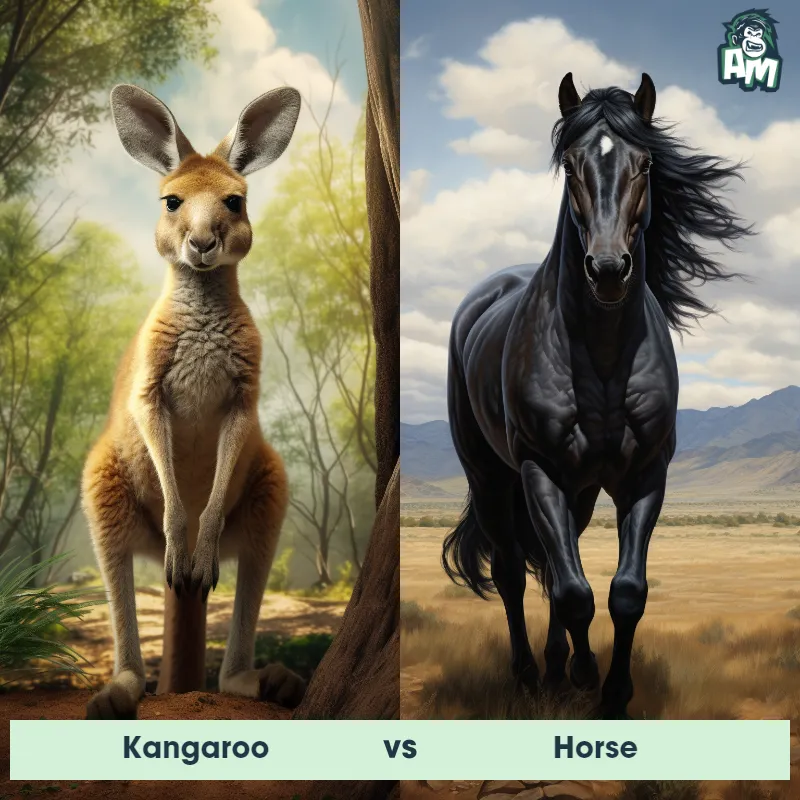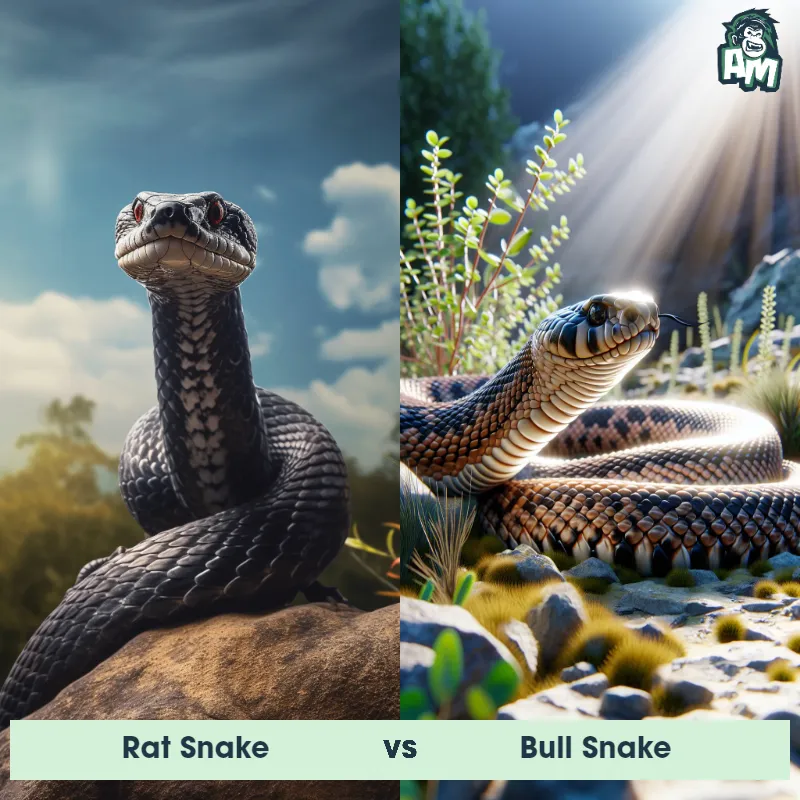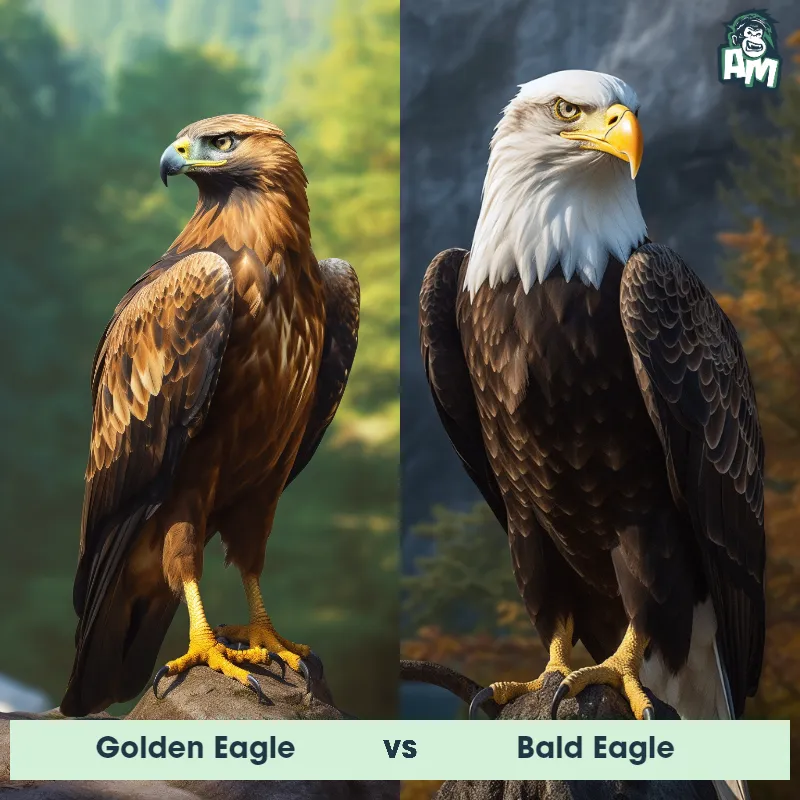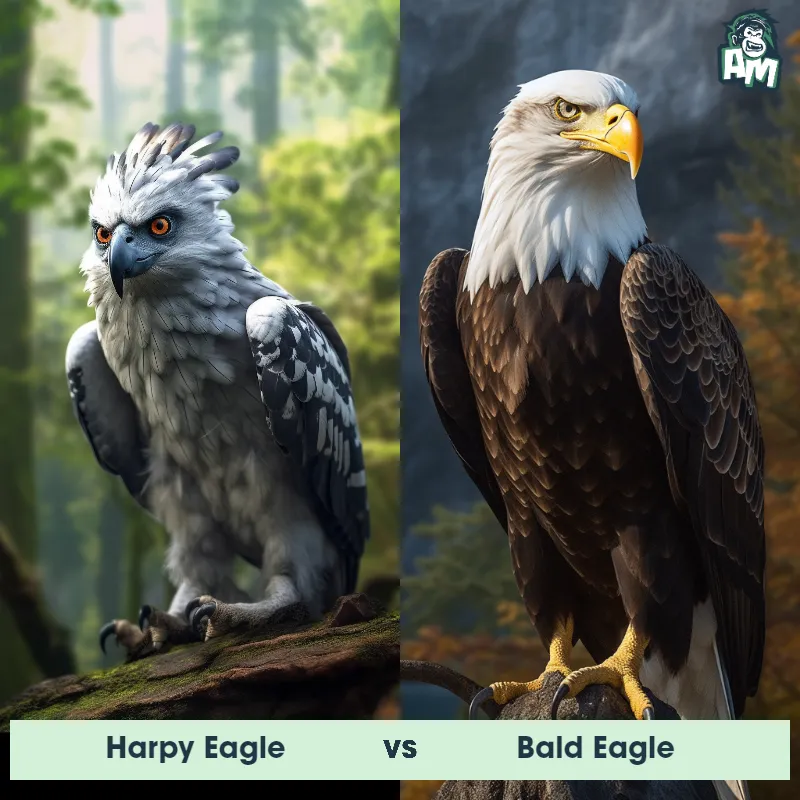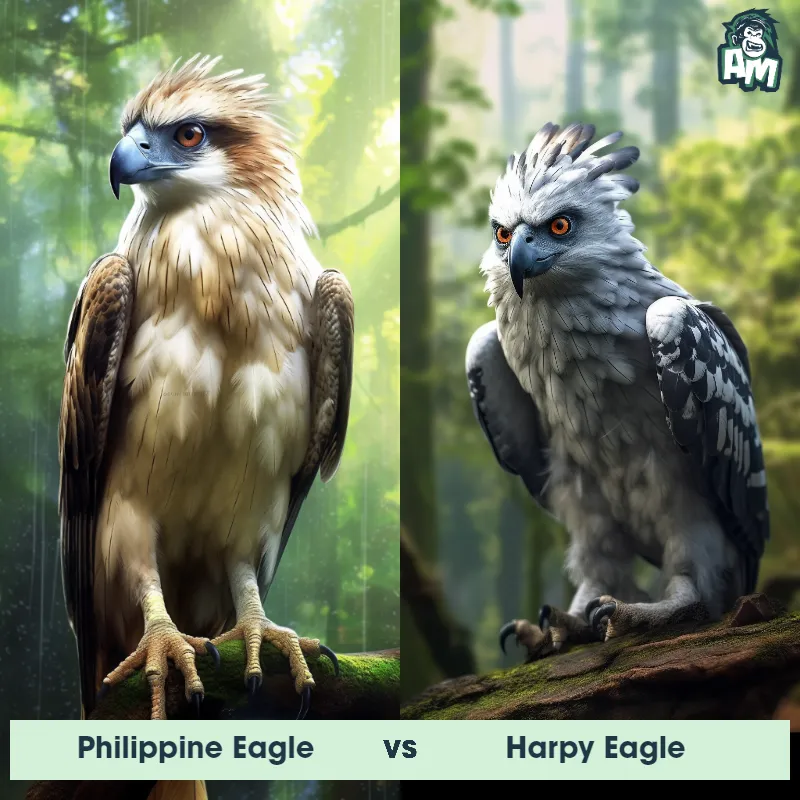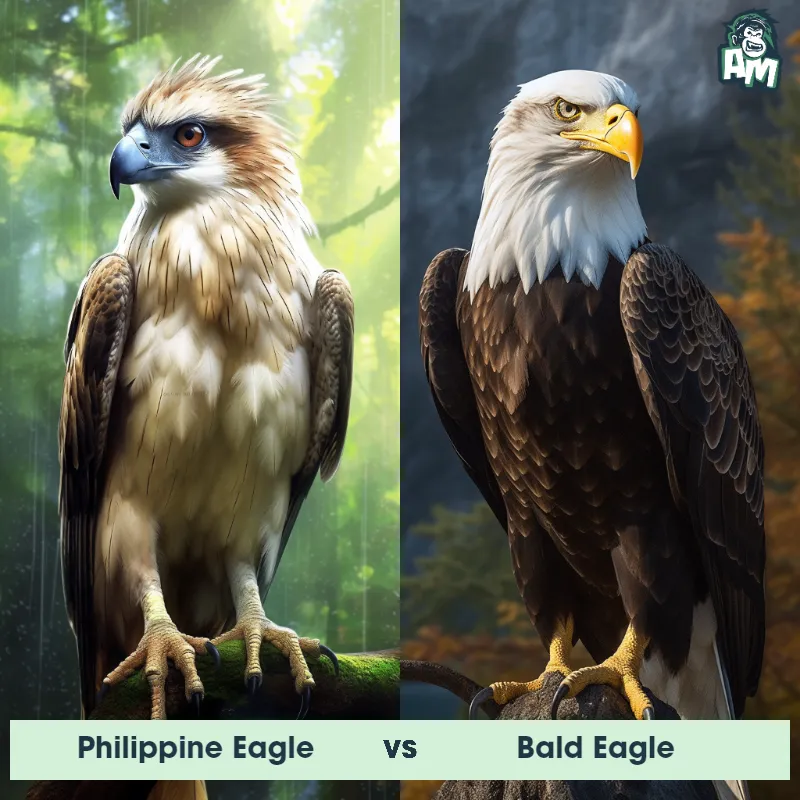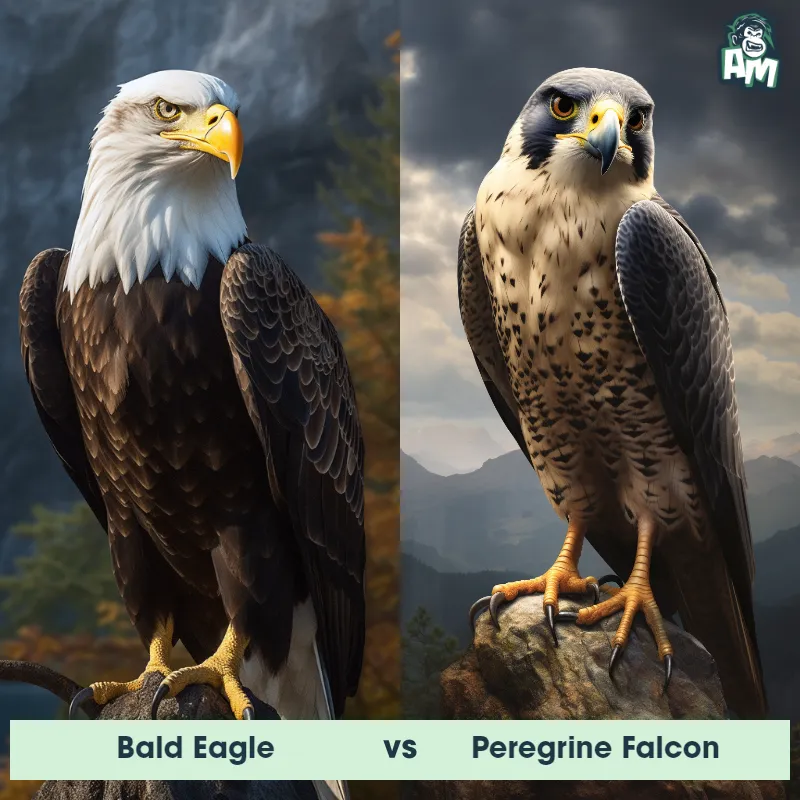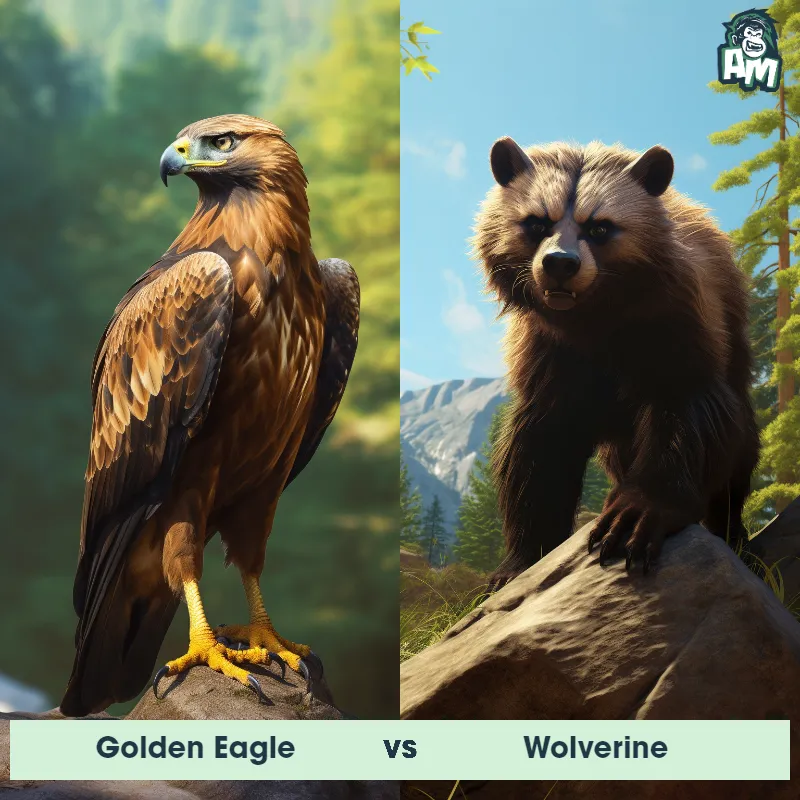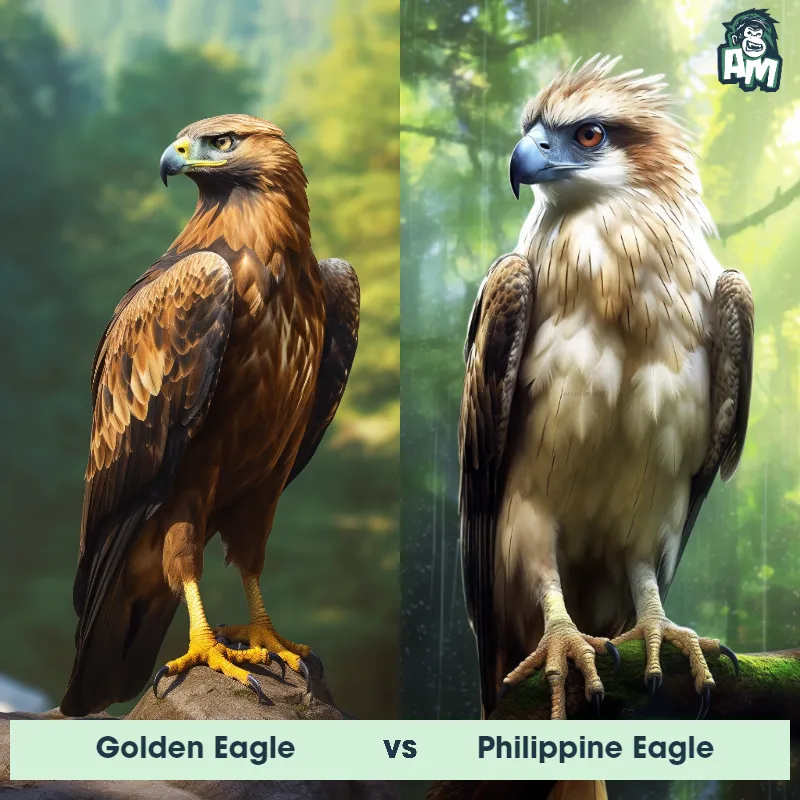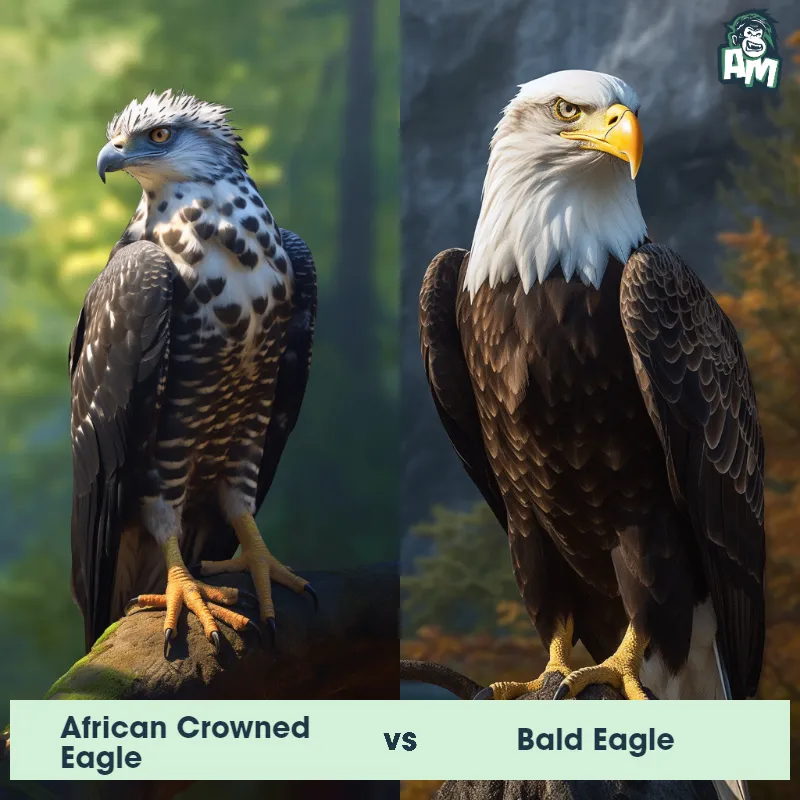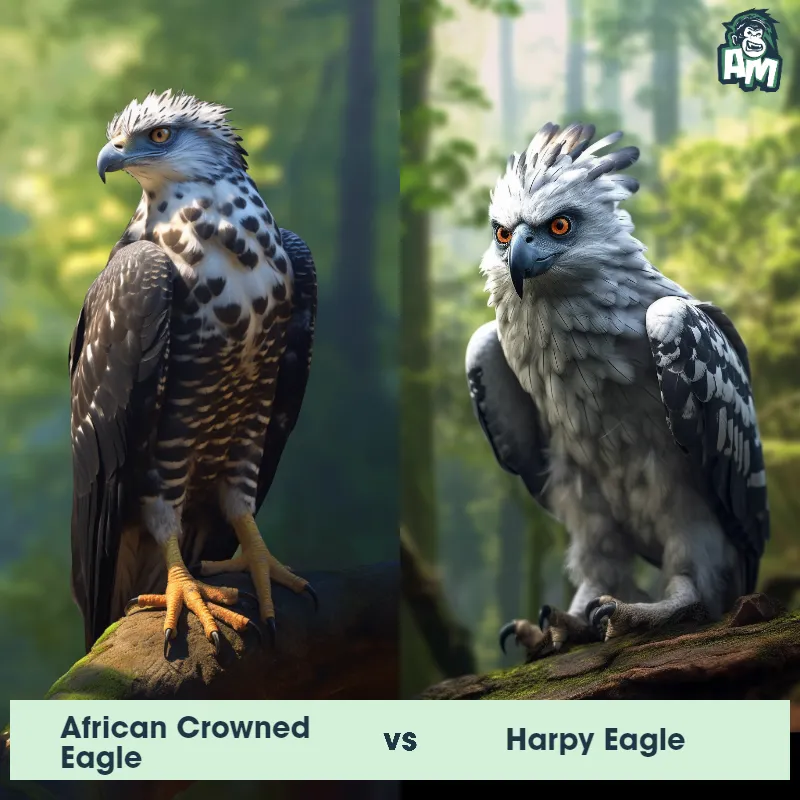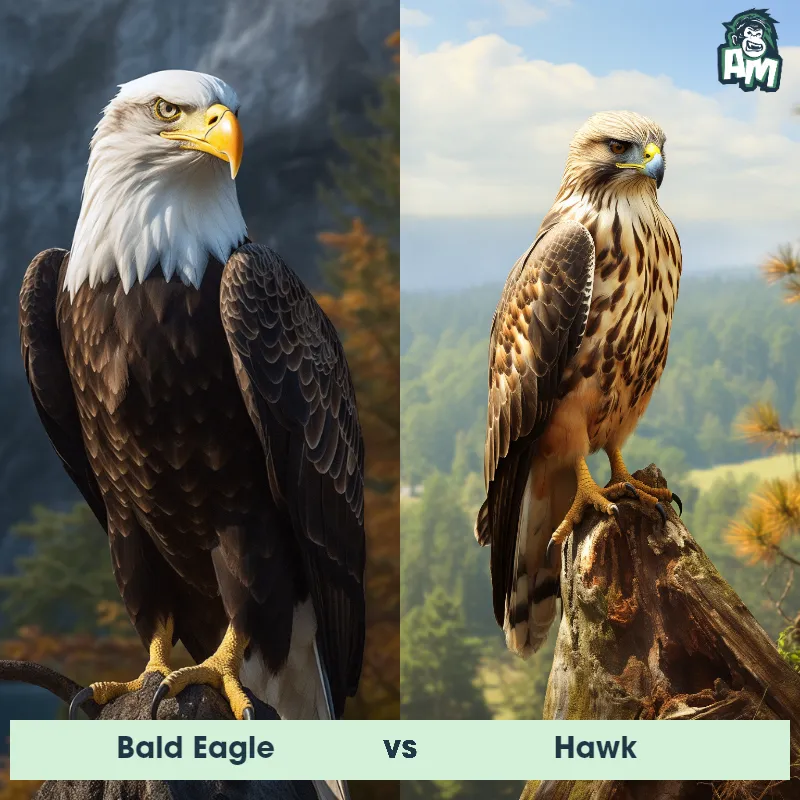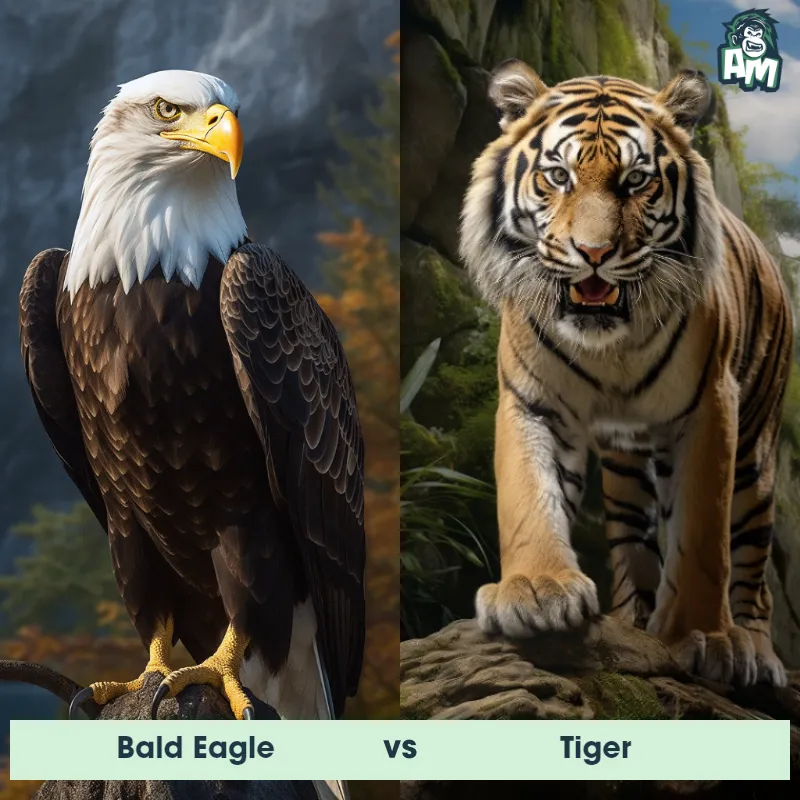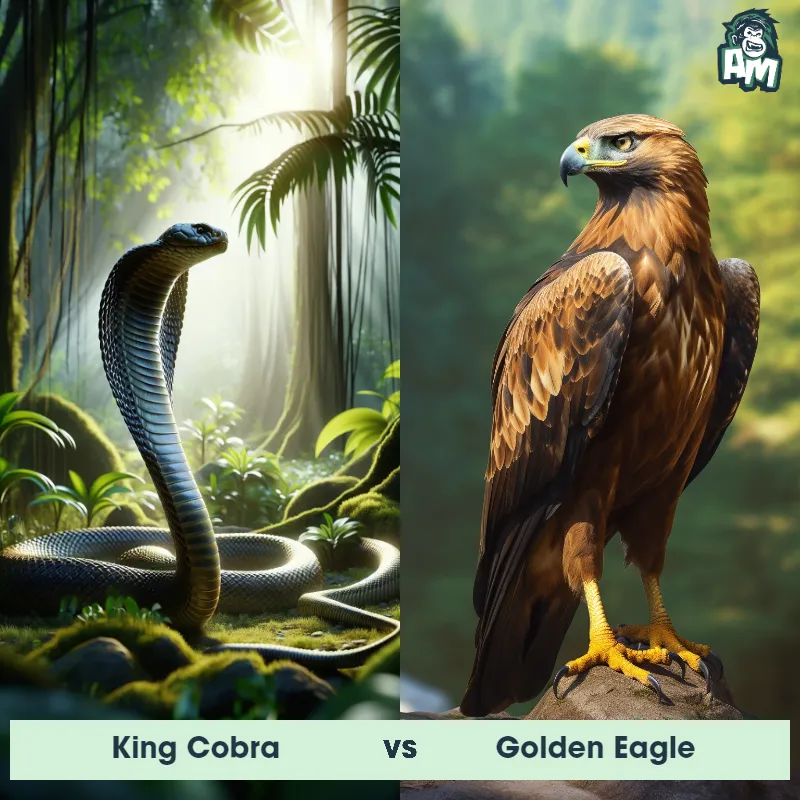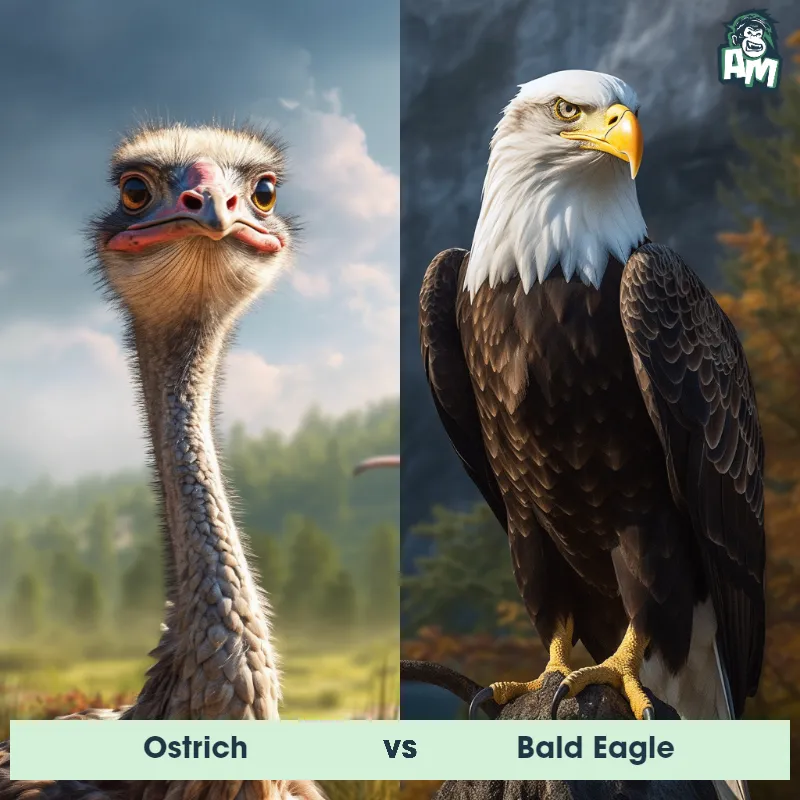Harpy Eagle vs Peregrine FalconSee Who Wins
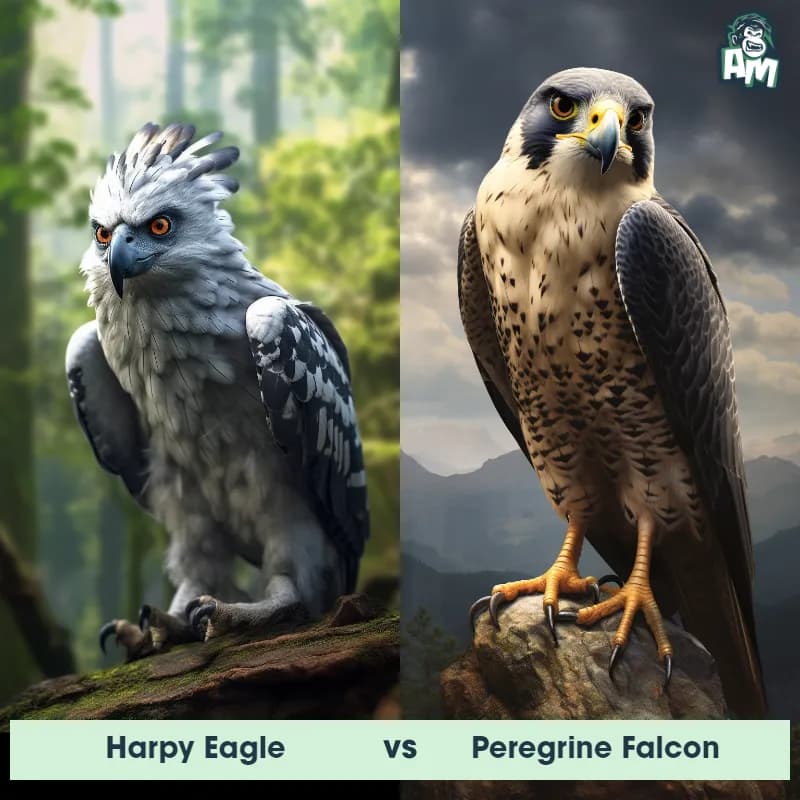
Ladies and gentlemen, welcome to an exhilarating showdown between two mighty avian predators! Prepare yourselves for a thrilling spectacle as the Harpy Eagle squares off against the Peregrine Falcon in this highly anticipated three-round brawl. Get ready to witness a fierce battle of strength, agility, and cunning as these magnificent creatures take flight!
Contender 1: Harpy Eagle
The Harpy Eagle, also known as the American Harpy Eagle, is a large bird of prey found in the tropical rainforests of Central and South America. It is one of the largest and most powerful eagles in the world, with a wingspan of up to 7 feet and weighing up to 20 pounds. The Harpy Eagle has a distinctive appearance, with a gray head, black and white feathers, and a powerful hooked beak.
Fun Fact: The Harpy Eagle is named after the harpies of Greek mythology, which were half-bird, half-human creatures known for their speed and strength.
Contender 2: Peregrine Falcon
The Peregrine Falcon is a raptor known for its speed and hunting prowess. It has a sleek body with long, pointed wings and a short tail, making it well-suited for high-speed pursuits. Its upper body is a bluish-gray, while its underparts are pale with darker spots, and it has a distinctive black "hood" and sideburns. Adult Peregrine Falcons have a body length of 34 to 58 cm and a wingspan from 74 to 120 cm. This bird is found all over the world, from the cold, harsh Arctic tundra to the warm desert regions.
Fun Fact: Peregrine Falcons are renowned for their incredible diving speed, which can exceed 240 miles per hour, making them the fastest animals in the world.
Matchup Stats
| Harpy Eagle | Peregrine Falcon | |
|---|---|---|
| Size | Up to 3.5 feet (106.7 cm) tall | 13.4 to 22.8 inches (34 to 58 cm) in length |
| Weight | Up to 20 pounds (9.1 kg) | 1.1 to 3.3 lbs (0.5 to 1.5 kg) |
| Speed | Speed: 50 mph (80 km/hr) | 240 mph (386 km/h) |
| Key Strength | Powerful hooked beak | Incredible speed and strong, sharp talons |
| Biggest Weakness | None | Less effective in close-quarters combat due to preference for high-speed pursuits |
Current Votes
Harpy Eagle vs Peregrine Falcon
See Who Wins
View More Matches
Looking For More?
Similar Matches
Scientific Stats
| Harpy Eagle | Peregrine Falcon | |
|---|---|---|
| Scientific Name | Harpia harpyja | Falco peregrinus |
| Family | Accipitridae | Falconidae |
| Habitat | Tropical rainforests | Wide variety including coastlines, mountains, cliffs, cities |
| Geography | Central and South America | Worldwide, from Arctic tundra to desert regions |
| Diet | Monkeys, sloths, and other small mammals | Primarily birds, occasionally small mammals |
| Lifespan | 25 years - 35 years | 8 years - 15 years |
Key Differences between Harpy Eagle and Peregrine Falcon
- Head Shape: The Harpy Eagle has a robust, large head with a prominent facial disc, while the Peregrine Falcon has a smaller head and a sleeker appearance with a sharp, falcon-like beak.
- Color: The Harpy Eagle has a predominantly greyish-black body with a contrasting white underside, a distinctive double crest of black feathers on its head, and bright yellow eyes. In comparison, the Peregrine Falcon has a more varied appearance with a bluish-gray back, white underparts heavily patterned with dark bars or spots, and a dark hood around its eyes.
- Feather Structure: Harpy Eagles have broad wings and relatively long, broad tail feathers, which provide maneuverability and agility in dense forest environments. Peregrine Falcons, on the other hand, have pointed wings and a more tapered tail, allowing them to achieve incredible speeds during high-speed hunting flights.
- Size: The Harpy Eagle, one of the largest and most powerful eagles in the world, stands about 3.5 feet tall and has a wingspan of up to 7 feet, while the Peregrine Falcon is significantly smaller, measuring about 1.5 feet tall with a wingspan of around 3 feet.
- Habitat: Harpy Eagles are found exclusively in the tropical rainforests of Central and South America, where their large size and strong talons help them navigate the dense vegetation. Peregrine Falcons are more versatile in their range, being found on every continent except Antarctica, adapting to various habitats such as cliffs, cities, and open grasslands.
- Hunting Techniques: Due to their different habitats, Harpy Eagles predominantly hunt arboreal prey, such as monkeys and sloths, often surprising them from concealed perches. Peregrine Falcons, known for their remarkable aerial hunting abilities, primarily prey on medium-sized birds, diving at incredible speeds to strike them mid-air.



